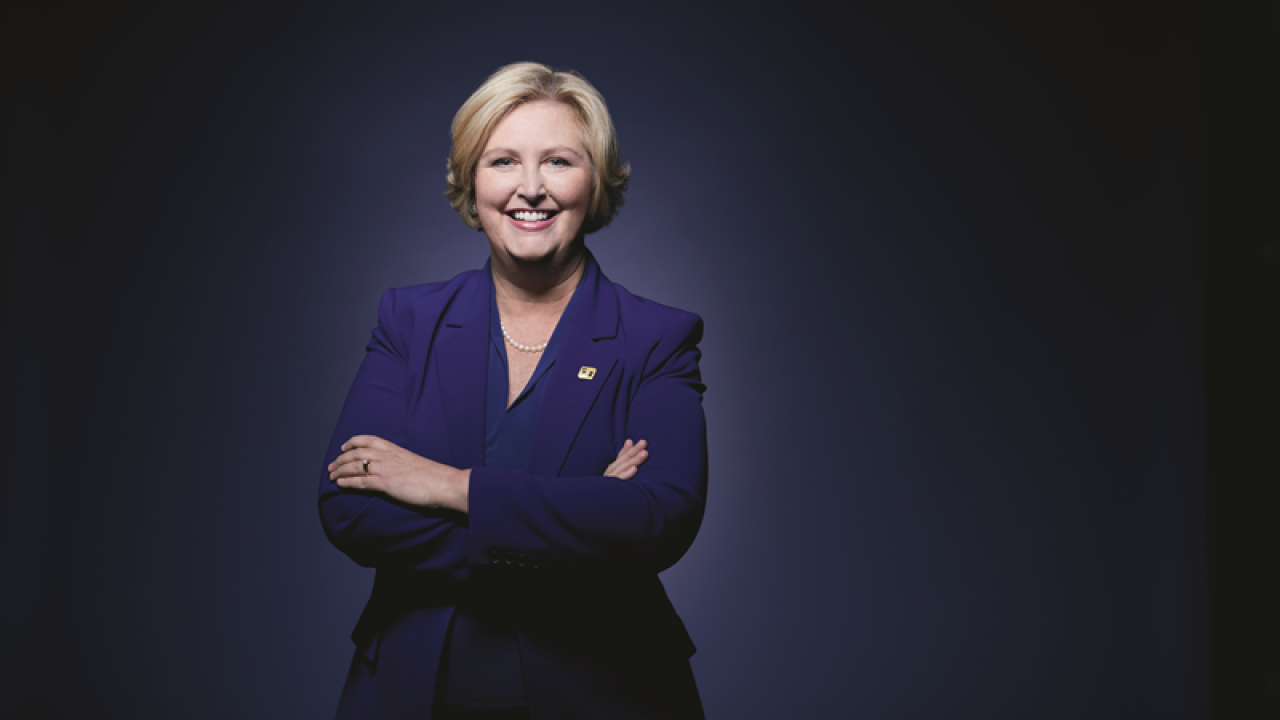-
The credit-card issuer expects its loss rates to rise significantly in 2015, in contrast with rivals that still regard the credit environment as benign.
October 17 -
Capital One Financial (COF) keeps waiting for its U.S. credit-card holders to become comfortable with a bit more debt. It's been a long delay, and one that will likely continue well into 2014.
January 17 -
Capital One Financial has purchased another digital design studio as it works to deepen its reach in Silicon Valley.
July 10
Capital One Financial reported quarterly profit that fell well short of analysts' forecasts due to a high loan-loss provision, restructuring charges and a legal reserve in the United Kingdom.
The $311 billion-asset company's second-quarter profit was $863 million, down 28% from a year earlier, it disclosed Thursday afternoon. Per-share earnings were $1.50, 47 cents below the average estimate from analysts polled by Bloomberg.
The earnings disappointment was due entirely to higher costs; net revenue actually rose 4%, to $5.7 billion. Loans grew at a strong 6% clip, reaching $209.7 billion, and net interest margin widened by 1 basis point, to 6.56%.
However, that rapid loan growth contributed to a 60% increase in the provision for credit losses, to $1.1 billion.
Capital One, based in McLean, Va., also recorded a $147 million charge for restructuring its benefits plan "as a result of the realignment of our workforce," the company said in its financial supplement. Capital One will incur a "modest amount" of charges associated with this realignment through the end of the year, Chief Financial Officer Steve Crawford said on an earnings call Thursday.
The company did not provide details on the workforce changes that led to the charge, which Crawford said had recently been announced internally.
It also added a $78 million reserve to compensate customers in the U.K. who claim they were falsely sold Payment Protection Insurance, a type of insurance that protects against income loss when the buyer becomes ill or unemployed.
The increase to the reserve "was driven by complaint volumes declining more slowly than we had estimated," Crawford said. He called the claims "an industrywide issue" and warned that it is difficult to predict the volume of claims.
Overhead costs came in high, too. Salaries and benefits jumped 21%, to $1.4 billion, marketing costs increased 16%, to $387 million, and professional-services fees grew 13%, to $334 million. Headcount increased 7%, to 47,500.
Altogether, operating costs rose 12%, to $2.8 billion.
Despite the high expenses, Capital One did notch some successes in the quarter. The flagship card business showed strong growth, with loans increasing 10%, to $87.2 billion, and card charge-off rates dropped 21 basis points, to 3.35%. However, the average yield on loans fell 24 basis points, to 13.98%.
Loan growth was even better in its auto-lending business, increasing at a 15% rate, to $40 billion.





